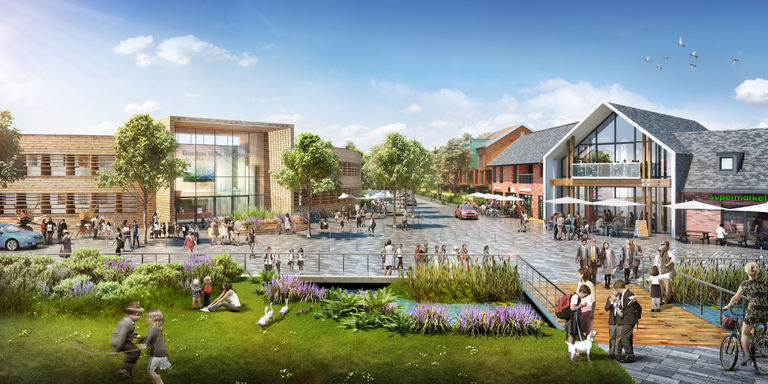The last decade has seen myriad initiatives come – and often go – without any real dent in the housing shortfall.
Development on the scale necessary to achieve the predicted 200,000 new homes needed every year to fulfil the UK’s housing needs can only be achieved through bold and decisive policymaking and strong political support. In recent years, the move towards a localism agenda has often stifled rather than energised the drive for more housing development where it is most needed.
Over the last 10 years, coordinated regional spatial planning has been replaced with a “bottom-up” approach where local planning authorities work, nearly always, within their own boundaries to achieve (or often not) their housing targets. As a result, large-scale, coordinated and coherent strategic development proposals, such as new settlements, have stalled.
Ensuring housing is developed where it is most needed and supported by the necessary infrastructure rather than where it is most convenient is absolutely critical to supporting the UK’s long-term economic well-being.
Developing a range of housing sites – be they brownfield, greenfield or within the Green Belt – will all have an important part to play in tackling the housing crisis and that is why the Government’s recent announcement on Garden Villages has to be welcomed as an important piece in the housebuilding jigsaw.
